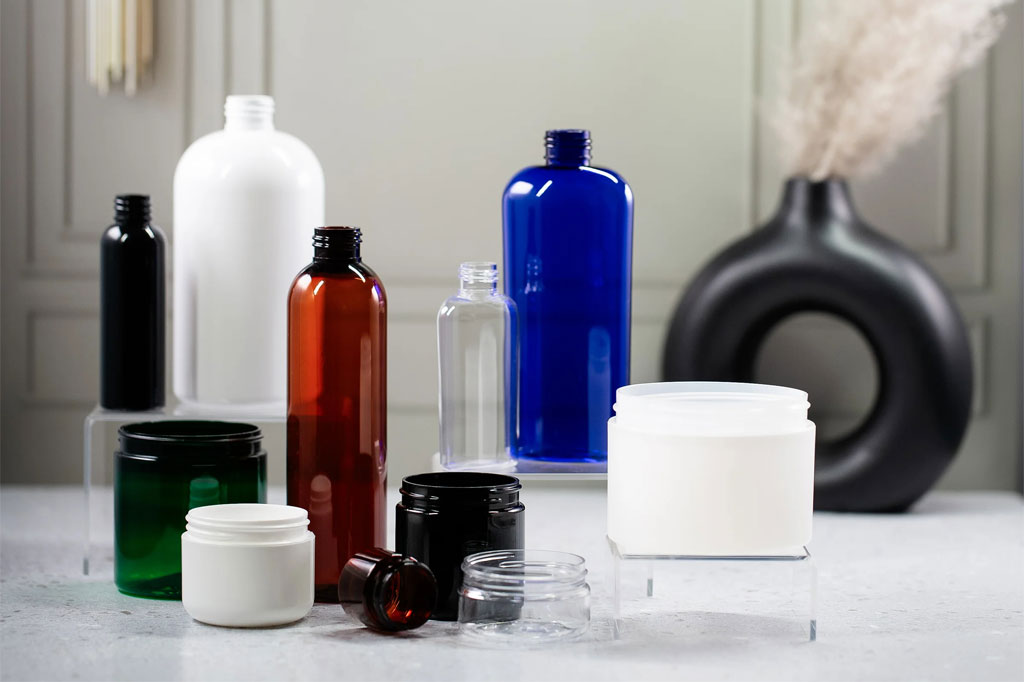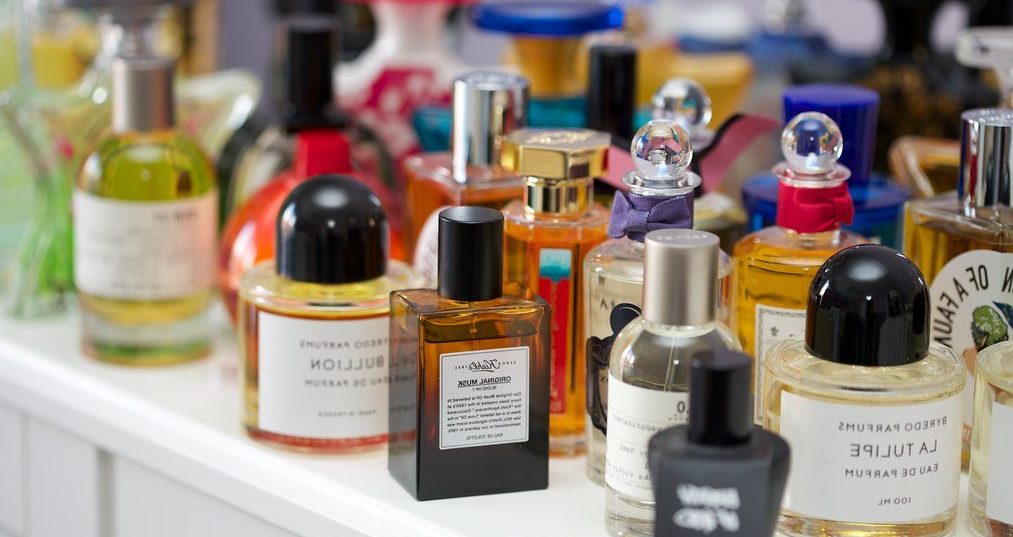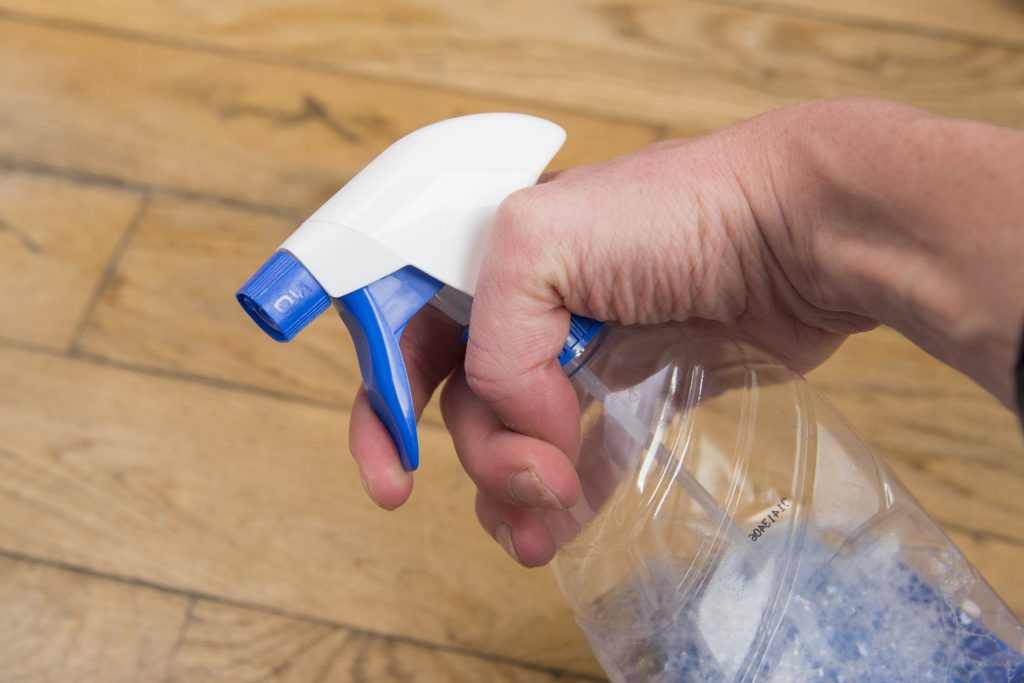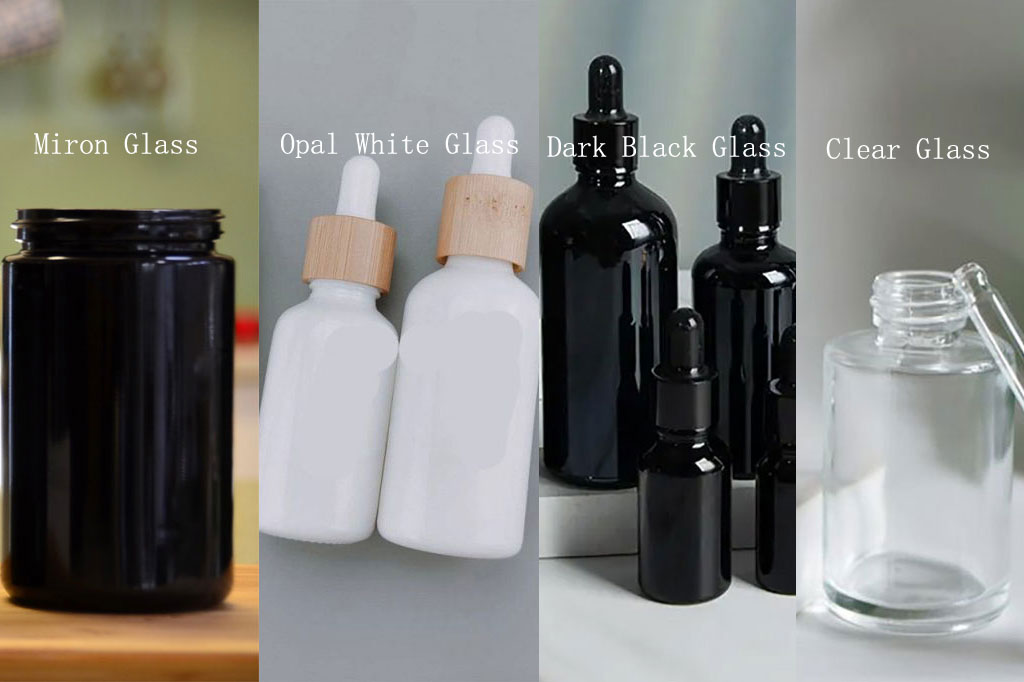With increasing consumer demand for sustainable and attractive packaging solutions, manufacturers often face the decision of selecting the best material for plastic cosmetic packaging.
The four most commonly used plastic materials for cosmetic packaging are PET (Polyethylene Terephthalate), HDPE (High-Density Polyethylene), PP (Polypropylene), and Acrylic. Each material has its unique properties, advantages, and applications in the cosmetic industry.
Here’s a breakdown of these materials and their role in cosmetic packaging.
1. Polyethylene Terephthalate (PET)
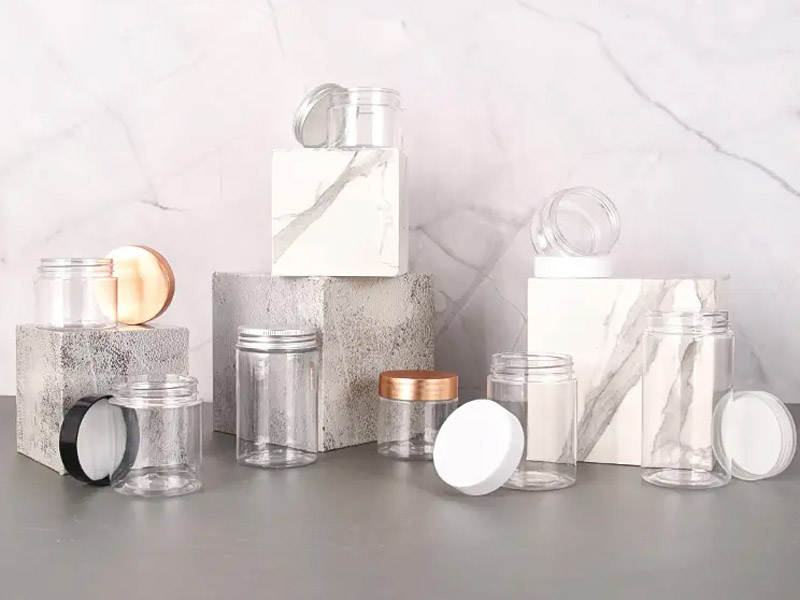
PET Properties
- Transparent and smooth finish
- Lightweight yet strong
- High chemical resistance
- Recyclable (commonly accepted in recycling programs)
- Good barrier properties against moisture and oxygen
PET Applications
PET is one of the most popular choices for cosmetic packaging due to its ability to retain the integrity of the contents, such as lotions, shampoos, and liquid foundations. The clear transparency of PET enhances product visibility, making it an attractive option for showcasing the contents of the container. It is often used in bottles, jars, and tubes for skincare, body care, and hair care products.
PET Advantages
- High clarity allows for attractive, visually appealing packaging.
- Lightweight, reducing shipping costs.
- Highly recyclable, contributing to sustainability efforts.
PET Disadvantages
- Can be more prone to scratching compared to other materials.
- Not as durable as other plastic options in terms of impact resistance.
2. High-Density Polyethylene (HDPE)

HDPE Properties
- Opaque appearance
- Strong and durable
- Resistant to impact, chemicals, and moisture
- Flexible and lightweight
- Recyclable (widely accepted)
HDPE Applications
HDPE is favored for packaging products that require a more sturdy and durable container. It is widely used for packaging products like body lotions, creams, deodorants, and sunscreens. HDPE containers are often opaque, providing an added benefit of protecting the contents from UV light, which could degrade certain ingredients over time.
HDPE Advantages
- Excellent durability and resistance to impact.
- Suitable for a wide range of formulations, including thicker creams and lotions.
- Cost-effective and easily moldable into different shapes and sizes.
- Recyclable, offering a more eco-friendly alternative.
HDPE Disadvantages
- The opaque appearance may not showcase the product as attractively as transparent packaging.
- Not as luxurious or premium-looking as some other materials.
3. Polypropylene (PP)
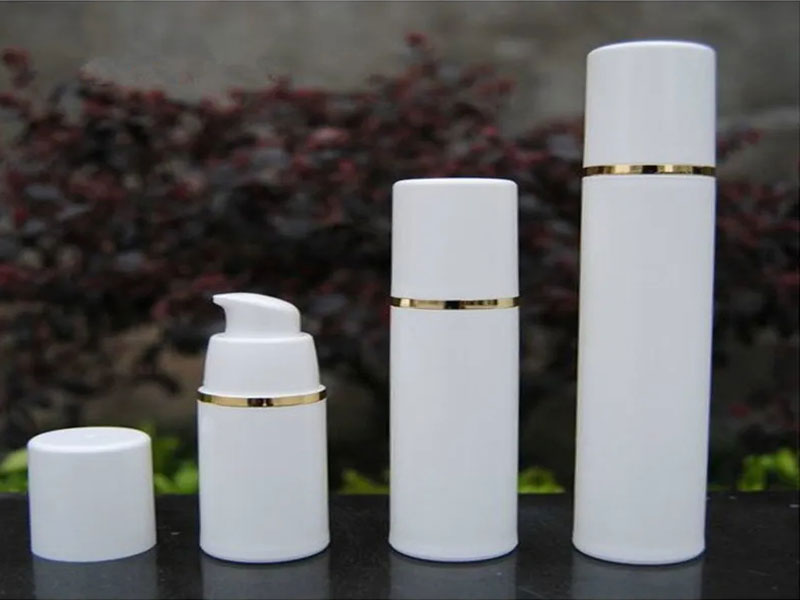
PP Properties
- Semi-transparent, although can be made opaque
- Very high melting point, making it heat resistant
- Resistant to chemicals and moisture
- Flexible, lightweight, and durable
- Recyclable (though less commonly accepted than PET and HDPE)
PP Applications
Polypropylene is widely used in the cosmetic industry for packaging products like deodorants, lip balms, mascaras, and compact cases. Its excellent heat resistance makes it ideal for products that must endure higher temperatures during storage or shipping.
PP Advantages
- Heat resistant, making it suitable for a wide range of cosmetic products.
- Versatile in design, allowing for innovative and creative packaging solutions.
- Can be produced in a wide range of colors, adding customization potential for brands.
PP Disadvantages
- Slightly less clarity compared to PET, making it less ideal for showcasing contents.
- In some regions, it is less recyclable than other plastics such as PET and HDPE.
4. Acrylic (PMMA – Polymethyl Methacrylate)
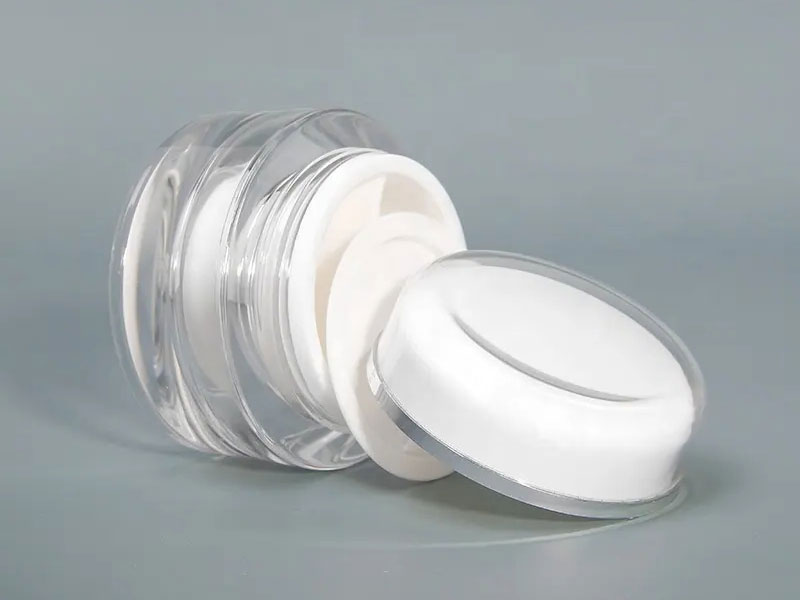
Acrylic Properties
- High transparency (resembles glass)
- Lightweight but with a glass-like finish
- Excellent weather and UV resistance
- Scratch-resistant and durable
- Not as chemically resistant as other plastics
Applications: Acrylic is considered a premium material and is often used in high-end cosmetic packaging, such as luxury skincare creams, perfumes, and high-end foundations. Its glass-like clarity enhances the perceived value of the product, making it a popular choice for high-end brands that want to emphasize sophistication and elegance.
Acrylic Advantages
- Extremely clear, offering a glass-like aesthetic that enhances product appeal.
- Very durable and resistant to UV light, protecting sensitive formulations.
- Scratch-resistant, providing a longer-lasting polished look.
Acrylic Disadvantages
- Can be more expensive than other plastic options.
- Less chemically resistant, which may limit its use with certain active ingredients in cosmetics.
- Not as recyclable or widely accepted in recycling programs.
Comparing the Materials
| Feature | PET | HDPE | PP | Acrylic |
|---|---|---|---|---|
| Transparency | Clear, glossy | Opaque | Semi-transparent | Crystal clear (glass-like) |
| Durability | Moderate | High | Moderate | High |
| Chemical Resistance | High | Very High | High | Moderate |
| Heat Resistance | Moderate | Moderate | High | Low |
| Recyclability | Widely recyclable | Widely recyclable | Less commonly recycled | Less commonly recycled |
| Common Uses | Bottles, jars, tubes | Lotion bottles, creams, sunscreens | Deodorant containers, compact cases | Luxury creams, perfumes, high-end packaging |
Conclusion
When selecting a plastic material for cosmetic packaging, it is important to consider factors such as product type, brand image, sustainability goals, and consumer preferences.
- PET is a popular and versatile material for cosmetic products due to its transparency and recyclability.
- HDPE offers durability and protection, making it ideal for thicker formulations and products requiring a sturdy container.
- PP, with its heat resistance, is suitable for packaging products that need to endure higher temperatures.
- Acrylic stands out as a premium choice for high-end packaging due to its glass-like clarity and durability.

